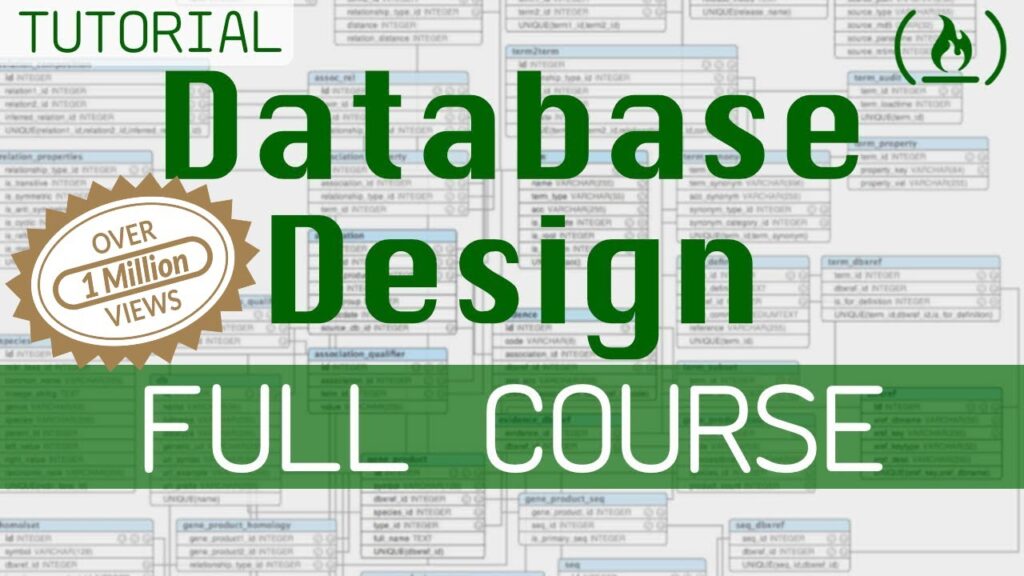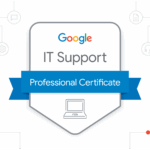My Adventure into the World of Databases: A Beginner’s Story of Cracking the Code
I remember a time when the word "database" felt like a secret whispered among tech wizards. It sounded complex, intimidating, and utterly beyond my grasp. I pictured rows and columns of data stretching into infinity, managed by people who spoke in a language I couldn’t possibly understand. But then, curiosity got the better of me. I decided it was time to pull back the curtain and see what this "database" thing was all about. And that’s how my adventure with a Database Course began.
If you’re reading this, chances are you’ve felt that same mix of curiosity and apprehension. You might be wondering if a database course is for you, or perhaps what exactly you’d even learn. Let me tell you, as someone who started with absolutely zero knowledge, it was one of the most rewarding learning experiences I’ve ever had.
The Beginning: Diving into the Unknown (and Not Drowning!)
Walking into my first database class (or clicking "start" on my online course, depending on how you learn!), I felt a bit like an explorer setting foot on a new, uncharted island. The initial concepts were a bit overwhelming. We started with the very basics: What is data? How do we store it? Why do we need to organize it?
Our instructor, bless their patient soul, started with analogies. "Think of a database like a super-organized digital filing cabinet," they’d say. "Each folder is a table, each piece of paper is a row, and each bit of information on that paper is a column." Suddenly, it wasn’t so scary. It made sense.
We learned about Relational Databases, which are the most common type. This is where data is stored in tables that relate to each other. Imagine a table for all your customers and another table for all their orders. These two tables "talk" to each other using common information, like a customer ID. This simple idea was the foundation for everything that followed.
My "Aha!" Moment: Meeting SQL, My New Superpower
For me, the real magic happened when we were introduced to SQL (Structured Query Language). This is the language you use to talk to a database. Before SQL, I thought you needed some kind of complex program to get information out. But SQL? It’s almost like asking a question in plain English.
My first query was something like this:
SELECT * FROM Students;And boom! On the screen, a list of all students appeared. It felt like I had just cast a spell! I could suddenly ask for specific students, filter by their age, find out who scored highest on a test, or even update their information.
Learning SQL wasn’t always easy. There were times I’d stare at my screen, frustrated, trying to figure out why my query wasn’t working. A missing comma, a misspelled table name – tiny details could throw everything off. But with each error I fixed, with each piece of data I successfully retrieved or manipulated, my confidence grew. It was like solving a puzzle, and the reward was immediate.
This part of the Database Course truly demystified the process. It showed me that interacting with vast amounts of information wasn’t about being a coding genius; it was about understanding a logical language and knowing how to ask the right questions.
Beyond the Basics: Building and Designing
A Database Course isn’t just about pulling data out; it’s also about putting it in there, and more importantly, designing how it goes in. We learned about database design, which is all about planning how your tables will be structured, what information goes where, and how they will connect. This is crucial for making sure your database is efficient, easy to use, and doesn’t have messy, repeated data.
We dove into concepts like normalization, which sounds fancy but basically means organizing your database to reduce redundancy and improve data integrity. Think of it like making sure you only write someone’s address down once, even if they’ve placed multiple orders. If their address changes, you only have to update it in one spot. Simple, right? But incredibly powerful for large systems.
We also got a peek into different kinds of databases beyond the relational ones, like NoSQL databases. These are great for different types of data, like social media feeds or sensor data, where the information isn’t always neatly structured into tables. It was fascinating to see that there isn’t just one way to store data, but many tools for different jobs.
The Real-World Impact: Seeing Data Everywhere
One of the most profound changes after taking my Database Course was how I started looking at the world. Suddenly, websites weren’t just pretty pictures and text; I could imagine the databases humming behind them, storing user profiles, product catalogs, and transaction histories. My favorite apps weren’t just magic; they were clever interfaces built on top of incredibly well-organized data.
It gave me a new appreciation for the digital infrastructure that underpins almost everything we do. From ordering food online to streaming movies, from checking bank balances to reading this article – it’s all powered by databases. Understanding how they work made me feel more connected to the digital world, rather than just being a passive user.
Why You Should Consider a Database Course, Especially as a Beginner
If my story resonates with you, and you’re curious about how the digital world truly operates, then a Database Course might be exactly what you need. Here’s why I think it’s a fantastic idea for beginners:
- Demystify Technology: It pulls back the curtain on how a huge part of our digital lives works. No more feeling like technology is a black box.
- Highly Valued Skill: Data is everywhere, and businesses desperately need people who can manage, query, and understand it. Learning databases opens doors to many career paths: data analysis, web development, software engineering, business intelligence, and more.
- Problem-Solving Skills: Learning SQL and database design is like learning a new way to think logically and solve problems. These skills are transferable to many other areas of life and work.
- Foundation for Further Learning: Once you understand databases, learning other tech skills like programming languages or data science concepts becomes much easier, as you’ll already grasp how data is stored and accessed.
- It’s Not as Hard as You Think: While challenging at times, the core concepts are logical and build on each other. With good instruction and practice, anyone can grasp it.
My Tips for Your Database Journey
If you decide to embark on your own Database Course adventure, here are a few things I learned that might help you:
- Start with the Basics: Don’t rush into complex queries. Make sure you truly understand tables, rows, columns, and primary/foreign keys first.
- Practice, Practice, Practice: SQL is a language. The more you "speak" it (by writing queries), the more fluent you’ll become. Use online sandboxes or set up a local database for practice.
- Don’t Be Afraid to Make Mistakes: Errors are part of the learning process. Each time your query fails, it’s an opportunity to learn why and fix it.
- Draw It Out: When designing databases, grab a pen and paper! Sketch out your tables and how they connect. Visualizing helps immensely.
- Find a Good Community: Whether it’s classmates, online forums, or study groups, having people to discuss concepts with and ask questions can be invaluable.
The Final Word: Take the Leap!
Taking that Database Course wasn’t just about learning a new skill; it was about gaining a new lens through which to view the digital world. It transformed something intimidating into something understandable and even exciting.
So, if you’re on the fence, I wholeheartedly encourage you to take the leap. Enroll in a Database Course. Start your own adventure. You might just discover a fascinating new world, and a powerful new skill, that you never knew was waiting for you. Happy querying!



